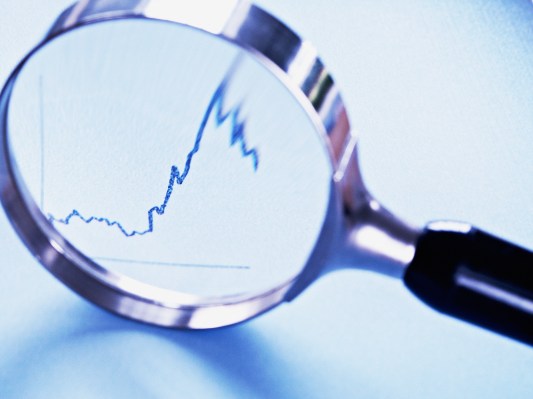Venture capitalists and startup founders alike went into 2023 eagerly hoping for the return of the industry’s exit environment — specifically, the resurgence of IPOs.
After 2021, a record-breaking year for IPOs, everything screeched to a halt in 2022. PitchBook counted 296 venture-backed companies that went public in 2021, which doubles — or more — any other year prior. This plummeted to 28 in 2022, the lowest number recorded since 2009, amid the financial crisis.
There were a few companies, including Instacart, Chime and Reddit, that filed for IPO in late 2021 or early 2022 that have yet to exit the private market. As many hope exit opportunities will roar back in the latter half of 2023, we’re still curious about which companies will go public first.
While not a perfect predictor by any means, the secondaries market might offer hints at how close some of these companies are to going public.
Tracking secondaries deals gives a good feel for what investors — including those who are active on the public markets, too, like Fidelity, T.Rowe Price and hedge funds — are not only interested in backing but also the price at which they are willing to buy in. Those things happen to be key ingredients for a successful IPO.
Finding consensus on price in the secondary market is crucial for startups looking to go public, said Christian Munafo, a portfolio manager at the Private Shares Fund.
Secondary buyers can bid for a company’s shares at whatever price they think pegs the company at a proper valuation, but the company or seller doesn’t have to accept it if they feel it is too off the mark. The same works in reverse: If a company or investor is looking to sell a number of shares and they aren’t getting sold, buyers likely think the valuation is too high. If the spread between bids and asks is vast, companies probably want to narrow that gap before going public.
A company IPO won’t be successful if it can’t raise the money it wants before going public at the valuation it sets. If investors aren’t interested in coming in near that price, it makes more sense for companies to stay private and drum up interest or consider decreasing their valuation.
Munafo said he, too, is hopeful that exits will start to open back up in the latter half of this year. But based on what he’s seen on the secondary market surrounding the already rumored 2023 IPO candidates, he doesn’t expect a drastic reversal from 2022. “There still is a bit of a bid-ask spread in some of the household pre-IPO names,” Munafo said. “People are waiting until what they think is a proper discount.”
Reddit is a good example. Reddit could be one of the first IPO holdovers from 2021 to actually attempt a public listing this year, according to The Information. But secondary market activity — or lack thereof — shows that this wouldn’t necessarily be the best time.
Greg Martin, co-founder and managing director at Rainmaker Securities, said that Reddit hasn’t seen much secondary activity since The Information article came out, which makes him think it won’t happen that fast. He said this makes sense: Reddit’s last primary valuation was $15 billion, and it hasn’t adjusted since. That means Reddit likely needs to come down — at least 80% — lower on its valuation to drum up interest, according to Martin.
“Volume increasing in the secondary market is a good sign; it’s an early indicator that there is going to be future public demand and that the companies do plan to go public within a reasonable period of time,” Martin said. “When you see demand, that is generally a sign that the IPO isn’t far off.”
The other thing to look out for if a company sees a spike in secondary activity is who is buying the shares. If the buyers are traditional secondary firms or long-term players, their interest doesn’t necessarily imply that a company is nearing its exit, but if buyers are active on the public markets, it could be a good indicator.
“When you start to see an increase in bids from IPO investors like Fidelity and T. Rowe Price, they want higher allocations in companies that are going to go public, that’s a good sign,” Martin said. “That says, ‘We want to get into these companies and think they will go public.'”
Martin added that while in years like 2020 and 2021, you’d see these investors interested in hundreds of companies, that has since gone down to just dozens, including Stripe and ByteDance.
So while we don’t know who will IPO first this year — or if anyone will at all, after the whole SVB mess — we can at least track which companies investors think are ready.
